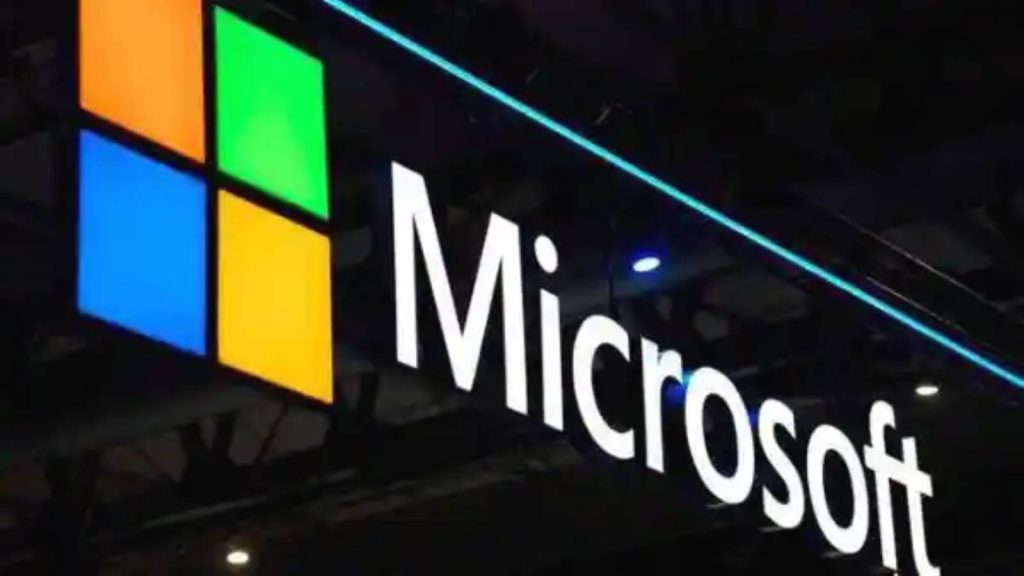World woke up to digital chaos as Microsoft suffered one of its largest global outages in recent years. From early morning hours, millions of users worldwide reported that Azure, Xbox Live, Microsoft 365, and cloud-based services had suddenly gone offline.
What made this incident especially shocking was the scale of dependency on Microsoft’s ecosystem. Azure powers thousands of global businesses, while Microsoft 365 connects millions through Outlook, Teams, and OneDrive. For gamers, Xbox Live is a lifeline — and on this day, it went dark too.
Emails stopped syncing, Teams meetings froze, and entire cloud infrastructures stalled. Businesses relying on Microsoft’s cloud backbone faced immediate disruptions in workflow, while developers and IT teams rushed to activate backup servers. The Microsoft Global Outage Crash highlighted how deeply embedded Microsoft’s digital ecosystem is in our everyday lives.
What Caused the Microsoft Outage?
While Microsoft hasn’t released a full technical breakdown yet, network specialists believe the outage originated from a faulty internal configuration or routing error that cascaded through global data centers. Similar incidents in the past were caused by updates to the internal backbone that unexpectedly triggered service disruptions across dependent systems.
According to early monitoring reports, unusual activity was detected in Microsoft’s West US and North Europe Azure regions before the issue spread globally. Engineers immediately began rolling back system changes, but due to the interconnected nature of Azure’s global cloud nodes, the disruption propagated faster than expected.
Microsoft’s initial status update described it as a “network connectivity issue impacting multiple Microsoft services.” Some cybersecurity analysts speculated about a potential Distributed Denial of Service (DDoS) attack, but the company has so far ruled out external interference.
Regions and Services Affected
The outage’s impact was truly global. According to Downdetector and Microsoft’s own Azure status tracker, North America, Europe, India, and parts of Asia-Pacific were the hardest hit.
Services affected included:
- Microsoft Azure Cloud: Cloud computing workloads, virtual machines, and storage accounts were unreachable for hours.
- Microsoft 365 Apps: Outlook, OneDrive, and Teams users were unable to send or receive messages or access documents.
- Xbox Live: Players faced login failures, multiplayer disruptions, and content syncing errors.
- Power BI and Dynamics 365: Enterprise customers faced data reporting delays and access issues.
The outage rippled across industries — from banking and healthcare to e-commerce and education. Some companies that depend entirely on Azure-hosted solutions saw critical business functions grind to a halt.
User Reactions Flood Social Media
When Microsoft goes down, the internet talks — and loudly. Within minutes, hashtags like #MicrosoftDown, #AzureCrash, and #XboxOffline dominated X (formerly Twitter), Reddit, and LinkedIn.
Social media became a live newsroom where users shared screenshots of error codes, connection timeouts, and black screens. IT administrators expressed frustration, while gamers turned the outage into meme gold.
One popular meme joked, “Even Clippy can’t help this time.” Another user wrote, “I thought my Wi-Fi died, but nope — it’s Microsoft.”
For enterprises, the tone was far more serious. CEOs and IT heads discussed the financial toll of downtime, while developers shared temporary fixes and alternate solutions. The Microsoft Global Outage Crash trended for over 10 hours, showing just how massive the impact was on users worldwide.
Microsoft’s Official Response
To its credit, Microsoft was quick to acknowledge the problem. Within an hour of the first outage reports, the company posted an update on X, saying:
“We’re investigating an issue affecting multiple Microsoft services. Our teams are working to identify the root cause and restore functionality as soon as possible.”
The Azure Status Page and Microsoft 365 Admin Center were flooded with red alerts, showing that nearly every region faced degradation or full service interruption.
By mid-day, Microsoft confirmed that engineers had identified a potential networking change that triggered the outage. A rollback was initiated, and recovery began region by region. By evening, most users reported that services were slowly coming back online, though some experienced lingering issues with Teams and Outlook syncing.
How Long Did the Microsoft Outage Last?
The global outage lasted roughly six to eight hours, though restoration times varied depending on region and service type. Azure and Microsoft 365 began recovering first, followed by Xbox Live and Dynamics 365.
Some enterprise clients reported partial service for up to 12 hours due to DNS propagation delays and regional cache issues. Microsoft confirmed later that residual slowdowns could continue for 24 hours as systems stabilized.
This prolonged downtime underscored the massive scale of Microsoft’s infrastructure — when something goes wrong, it takes time for the fix to ripple across a network that spans hundreds of global data centers.
Business and Financial Impact
While the outage eventually ended, the financial aftershock was substantial. Businesses depending on Azure-hosted websites, applications, and servers reported millions of dollars in productivity losses.
Analysts at Wedbush Securities estimated that even a 6-hour outage could cost Microsoft’s enterprise clients over $100 million in cumulative downtime. In pre-market trading, Microsoft’s stock (MSFT) dipped slightly, though it quickly recovered once services stabilized.
For Microsoft, the outage serves as both a technical and reputational challenge. As the world’s second-largest cloud provider behind AWS, reliability is its biggest selling point — and any service disruption invites scrutiny from competitors and clients alike.
What Users Can Do During Microsoft Outages
Outages like this can happen to any tech giant, but users can take preventive steps to minimize disruptions:
- Check the Microsoft Service Health Dashboard: Visit status.microsoft.com for official updates.
- Use Multi-Cloud Strategies: Businesses can diversify workloads across Azure, AWS, and Google Cloud to prevent total dependency on one provider.
- Keep Offline Backups: Save essential files locally or on alternate drives.
- Follow Real-Time Updates: Platforms like Downdetector or IsItDownRightNow can provide user-reported updates.
- Enable Local Failover Systems: Companies should configure automatic backups or failover systems to keep services running during outages.
For everyday users, simply staying informed and patient is key. Most outages resolve within hours, but preparedness helps reduce panic and data loss.
Is Microsoft’s Cloud Too Centralized?
Experts argue that the Microsoft Global Outage Crash exposes a bigger issue: over-centralization. With billions of devices connected through a single ecosystem, even a small technical glitch can trigger worldwide consequences.
Cybersecurity analyst Ian McMillan said, “We’re seeing the side effects of centralizing the global cloud structure. The more powerful and integrated a system becomes, the higher the impact when it fails.”
Industry insiders are now urging enterprises to adopt multi-cloud or hybrid strategies, spreading workloads across different providers to minimize systemic risk. Decentralization, though complex, could be the future of cloud resilience.
What Happens Next? Microsoft’s Recovery Plan
Microsoft has promised a full post-incident analysis report within a few days. The company stated it will introduce new AI-based predictive monitoring systems to detect anomalies before they cause global disruptions.
Future preventive measures may include enhanced regional redundancy, automated rollback procedures, and more frequent stress-testing of network infrastructure.
Beyond the technical fixes, Microsoft will need to restore user trust, particularly among enterprise clients who depend on Azure’s 99.99% uptime promise. The company has also indicated that affected business customers may be eligible for service credits or compensation under their Service Level Agreements (SLAs).
Wake-Up Call for the Tech World
This outage was more than a temporary inconvenience — it was a wake-up call. It reminded the global tech community that no matter how large or sophisticated a system is, absolute reliability remains a challenge.
Microsoft’s swift recovery and transparency helped ease public anxiety, but the event triggered serious conversations about the fragility of global cloud dependency. As digital transformation accelerates, the need for resilience, decentralization, and proactive infrastructure management becomes ever more urgent.
For now, Microsoft is back online — but the lessons from this blackout will likely shape the future of global cloud infrastructure for years to come.




